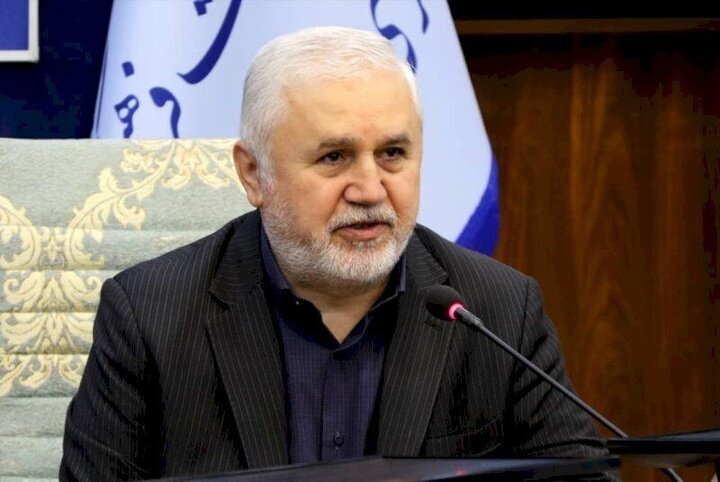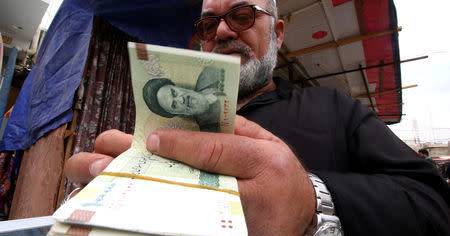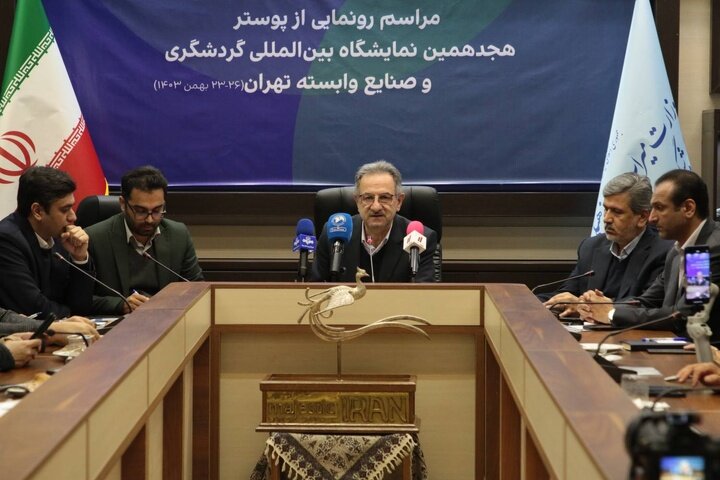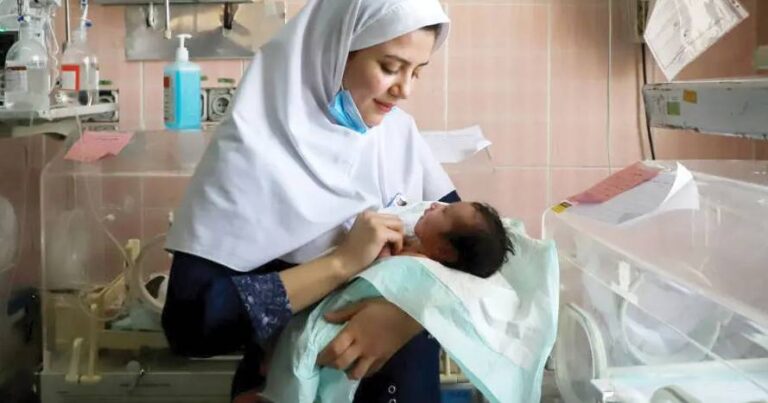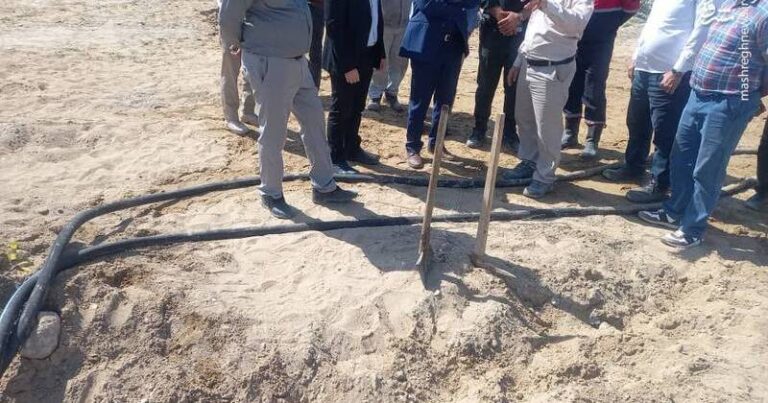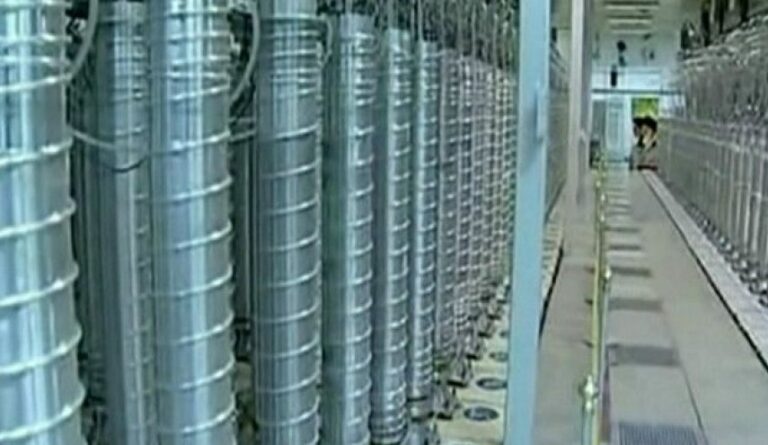Iran: A Treasure Trove of History, According to Deputy Cultural Heritage Minister
In a recent discussion on the significance of cultural heritage, the Deputy Minister for Cultural Heritage of Iran emphasized the country’s rich historical assets, likening it to a “roofless museum.” This statement highlights the importance of preserving Iran’s cultural heritage, which extends beyond its borders and into the realm of Cultural Iran.
Ali Darabi addressed attendees at the eighth gathering of Iran’s collectors, held at Ferdowsi Hall of the House of Thinkers. His remarks underscored the essential role that collectors play in preserving the nation’s cultural assets.
“Keeping collection has a people-oriented nature and is of high importance. Identifying, collecting, preserving, and keeping these collections is a complex process and requires an inquisitive and value-oriented spirit. This act is a kind of knowledge and responsibility toward preserving the cultural assets,” Darabi stated.
He elaborated on the historical connection between collection management and museum curation, saying that “often the purpose of creating a museum is to protect and display collections.” In a world increasingly influenced by technology and globalization, Darabi noted that the activities of collectors serve a crucial role in maintaining the cultural and local identities of societies transitioning towards industrialization.
Key Points from Ali Darabi’s Speech:
- Cultural Heritage: Iran’s cultural heritage is extensive, encompassing values and assets that are significant on an international scale.
- Role of Collectors: Collectors are vital in the identification, preservation, and promotion of cultural heritage.
- Complex Process: The act of collecting requires a deep understanding and commitment to cultural values.
- Protective Mission: Responsible collecting is not merely an activity; it is a mission to safeguard cultural identity amidst globalization.
As the Deputy Minister pointed out, the engagement of collectors in preserving cultural heritage is not just beneficial but essential for the future. Their collaborative efforts with museums, government bodies, and international organizations can ensure that Iran’s rich cultural legacy is passed down through generations.
Darabi concluded his address by highlighting the potential for collectors to contribute significantly to the protection of cultural heritage. He called for greater collaboration among various stakeholders to ensure that these invaluable assets are preserved for future generations. This sentiment resonates deeply in a time when cultural identities are often at risk of fading away.
The emphasis on the protective role of collectors serves to remind us of the responsibilities we hold towards our cultural heritage. As societies evolve and change, the efforts to maintain a connection to our roots become increasingly vital.
In conclusion, Iran’s cultural heritage stands as a testament to its rich history and diverse cultural landscape. The Deputy Minister’s insights remind us that preserving this heritage requires collective effort and a deep-seated commitment to cultural values. By supporting the work of collectors and museums, we can ensure that the cultural narratives of Iran continue to thrive and inspire future generations.
